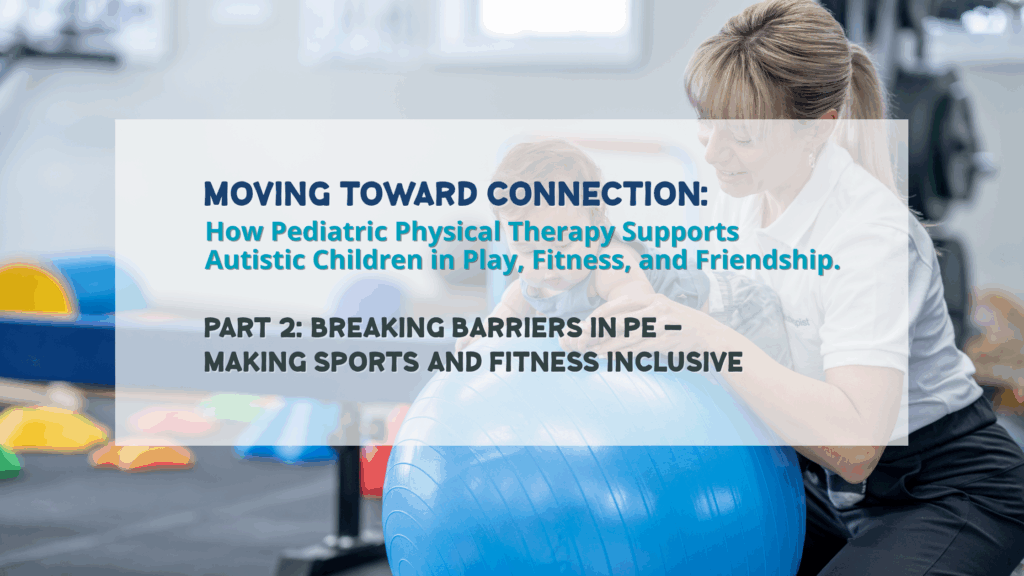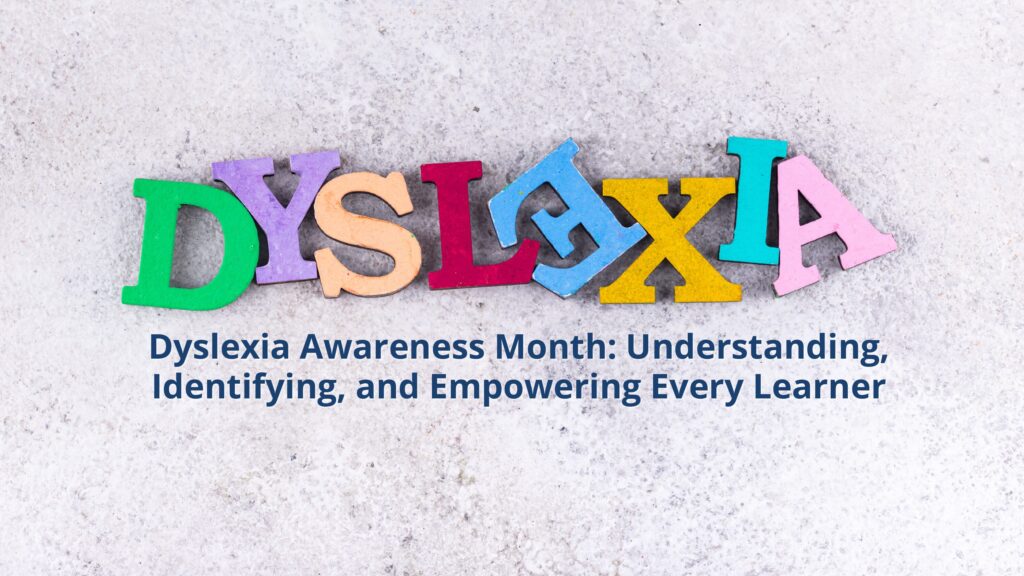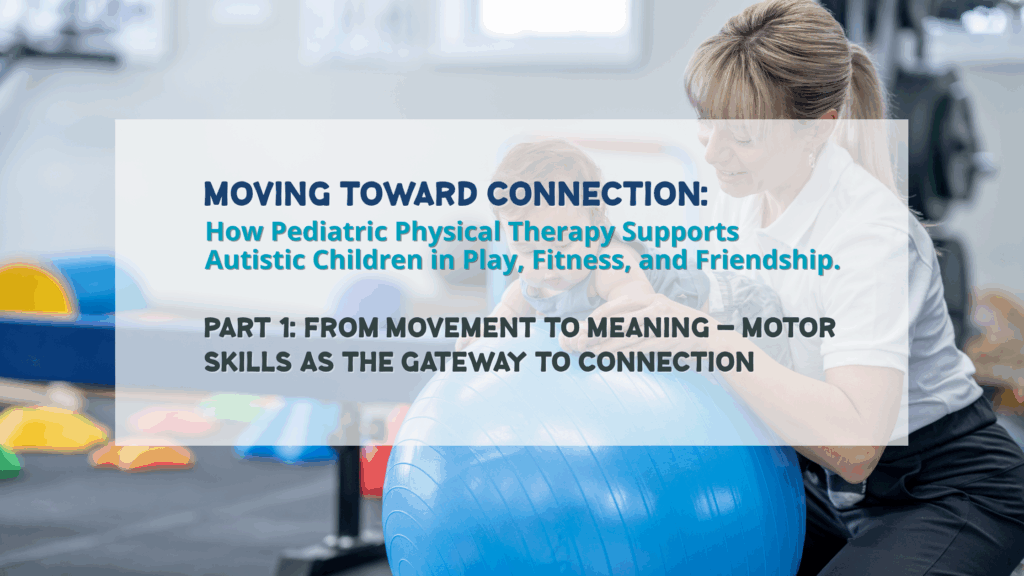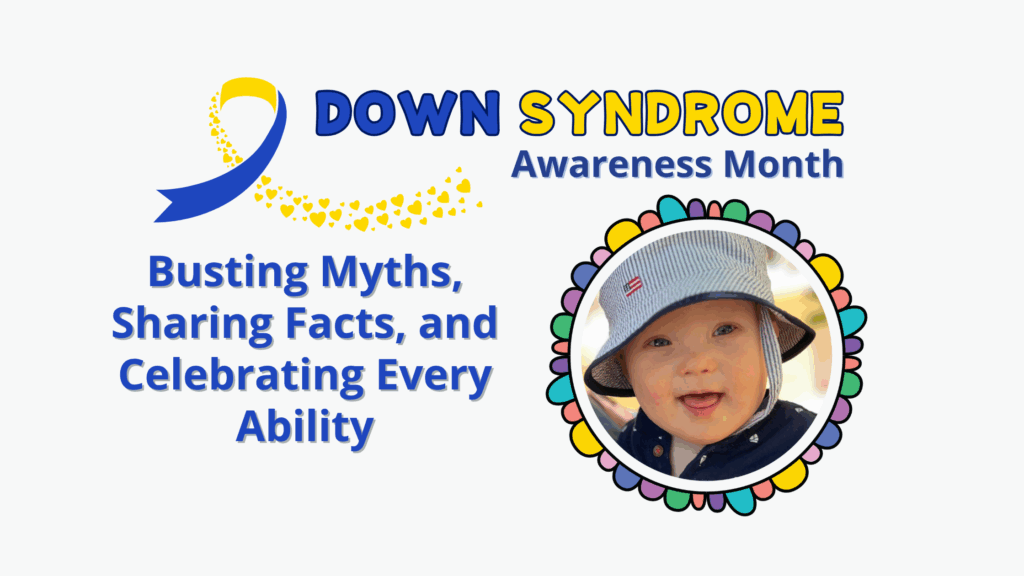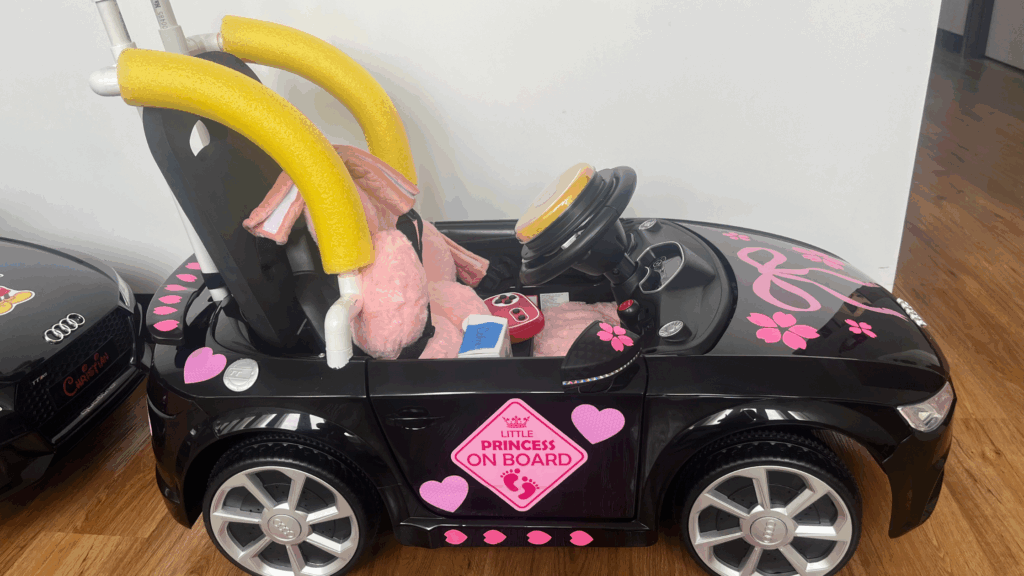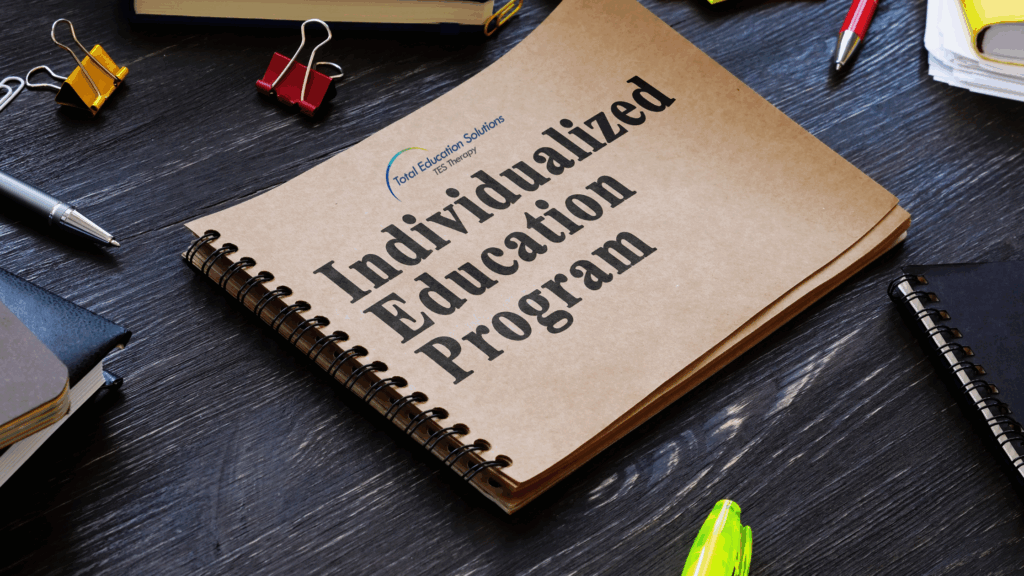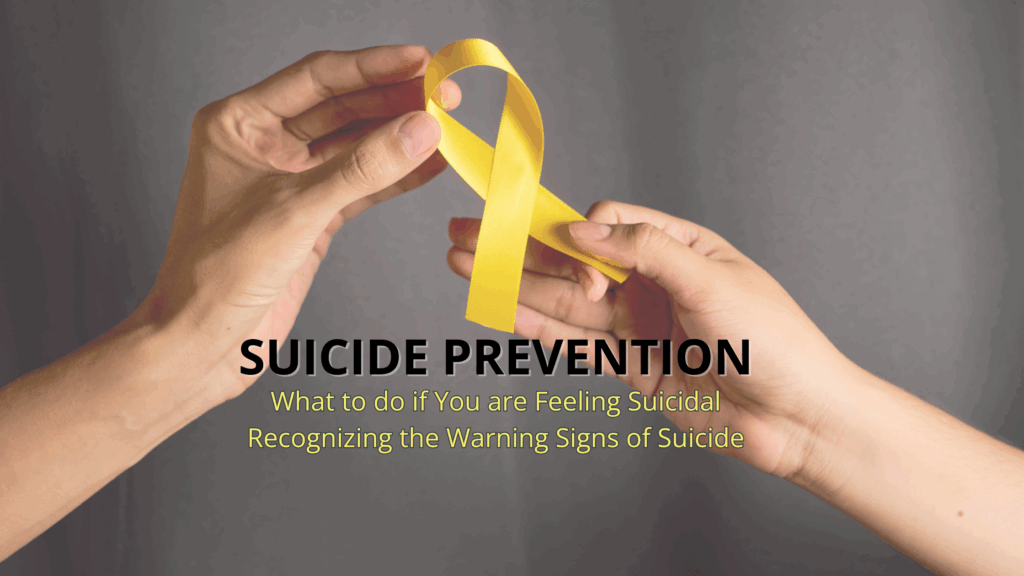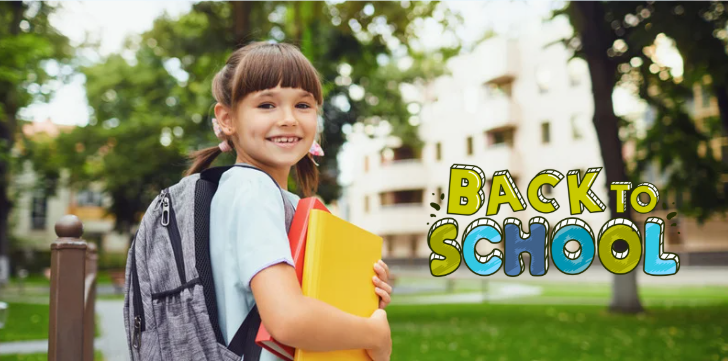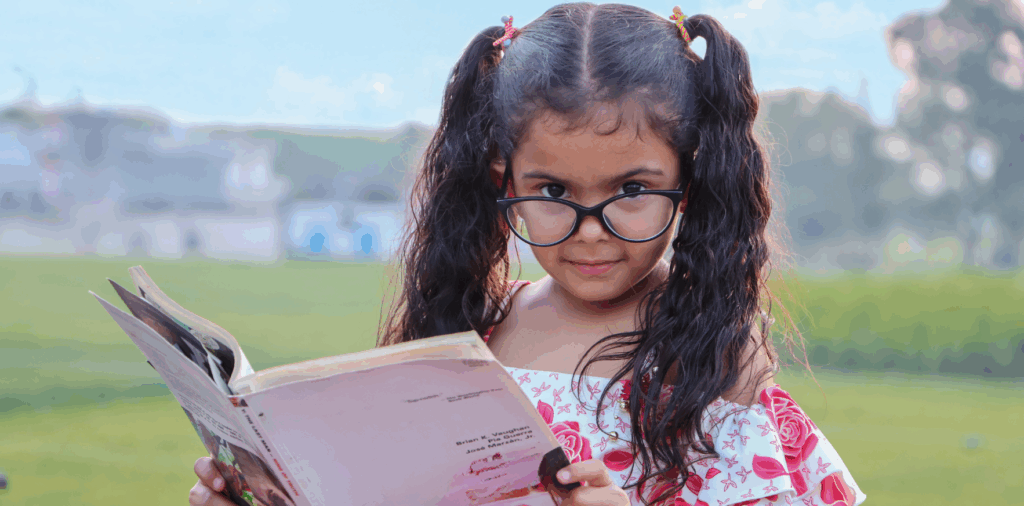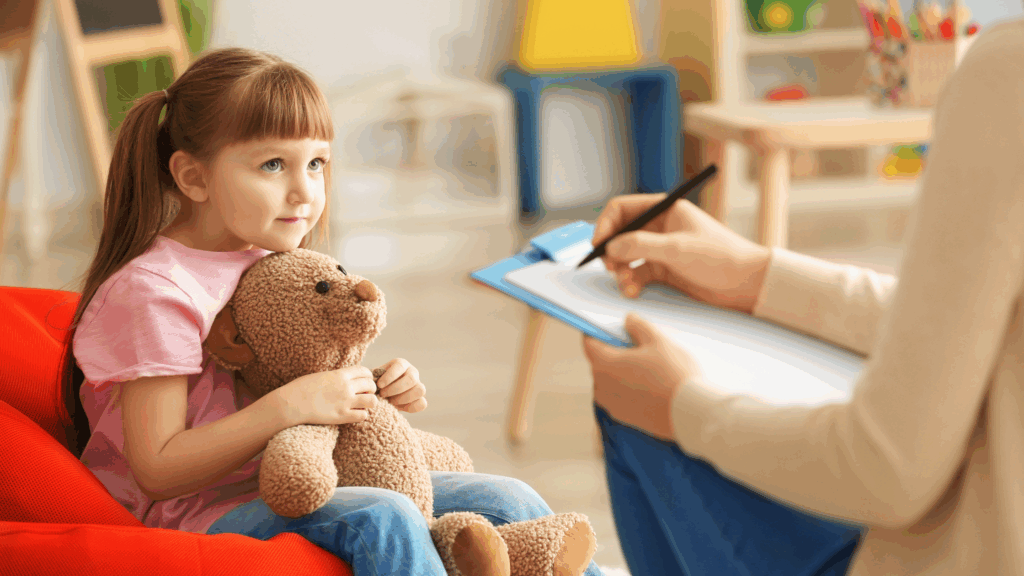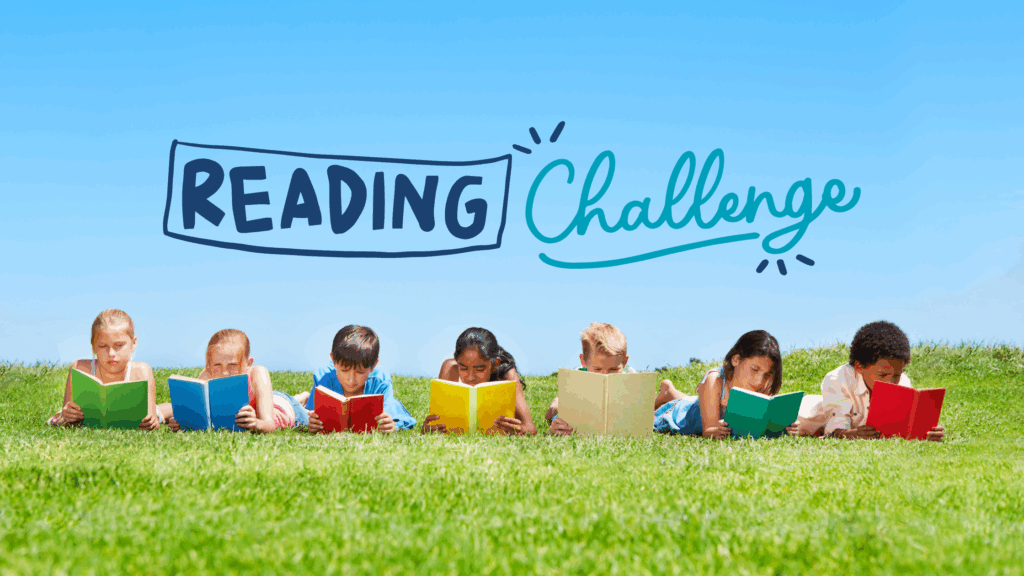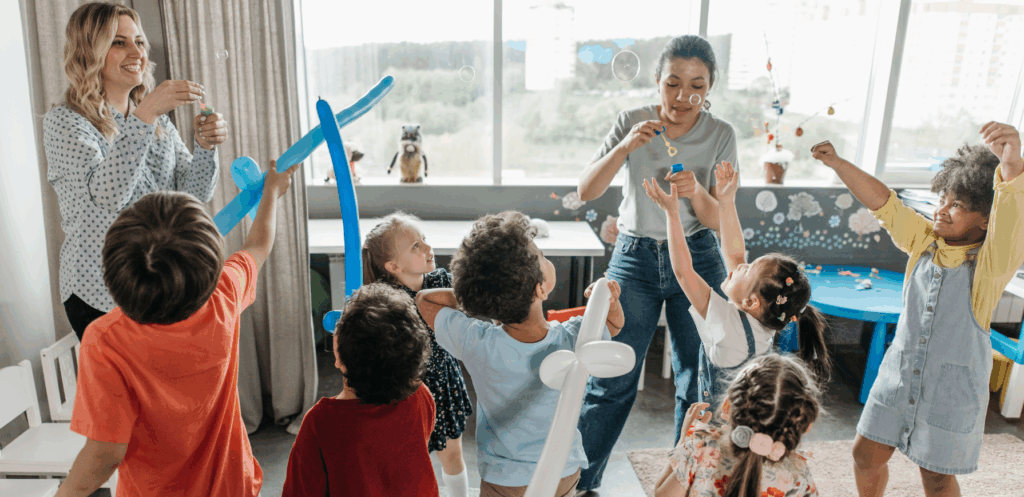COVID-19 disrupted the fundamental pillars of our society, causing us to rethink how we live. The way we work, the way we communicate, and the way we teach our children.
When in-person schooling became unsafe in 2020, families and educators banded together to form an innovative new solution: COVID pods – small groups of students undergoing group instruction under the supervision of hired instructors or parent volunteers.
These groups were formed out of necessity so the pandemic wouldn’t disrupt their students’ education. What parents and teachers didn’t expect, however, is that these pods served as a model for a revolutionary alternative to traditional schooling methods – one with many takeaways that parents want schools and policymakers to implement themselves as classrooms open up. Many parents even prefer it.
Could education pods be the future of education? Let’s look at what COVID pods are, some of the key benefits and challenges they represent, how COVID-19 pods have benefited special needs students, and what schools can learn from their success.
What are Pandemic Pods?
COVID Pods (also known as pandemic pods or education pods) are small groups of students who come together to learn and study during periods when school districts are closed. They are organized by parent groups who take turns teaching or hire an instructor to teach on their behalf. Classes take place in a parent’s home or community center,
They differ from a traditional classroom setting because it takes a much more cooperative approach to learning and student development. However, the concept has a precedent in similar models such as homeschooling co-ops and the Freedom Schools of the Civil Rights Era.
Unlike other alternative schooling methods, however, COVID pods arose out of a necessity to ensure that the pandemic wouldn’t disrupt students’ education. COVID education pods are an alternative to remote learning, which isn’t ideal for all families. COVID pods are also different from micro-schools, which is a similar concept but are affiliated with private organizations.
Over 330 COVID pods are operating nationwide at the community and district levels.
Benefits of Pandemic Pods for Special Needs Students
COVID pods were born of necessity so parents could keep their children’s education on track during a global health crisis that shut down the education system for months.
However, they discovered that COVID pods offered a higher degree of personalized education and increased opportunities for social interaction and bonding that normal classrooms don’t – especially for special needs kids who need more attention and guidance to succeed.
Pod learning isn’t just individualized, but it’s also highly customizable. Pod instructors come from various backgrounds (although most were teachers or tutors before the pandemic) and can draw upon diverse life experiences to enrich their students’ education.
More Personalized Instruction
Many parents believe that COVID pods offer a more student-centered learning environment than pre-pandemic schooling, which tends to lump students together in a homogeneous group. The pod model provides students with learning disabilities, developmental problems, and mental health issues the extra support they need to not fall through the cracks.
A Center for Reinventing Public Education survey showed that 48% of parents say their pod provided their students with more individualized instruction that met their specific challenges and individual student needs. The pod model’s flexibility also empowers parents and families to customize their student’s curriculum and pace to fit their student’s core strengths and interests.
The individual attention given in pods has been a boon to many students with learning disabilities like ADHD, where they’re given more one-on-one attention and fewer distractions that might overstimulate them.
That personalization extends beyond the curriculum and also impacts teacher-student relationships. The smaller, tight-knit structure of COVID pods allowed educators to be closer to their students and form more personal bonds with them.
More Opportunities to Build Social Skills
Students feeling left out, isolated, or like “they don’t fit in” is a common experience for many middle and high school students. It’s a difficult period of a young adult’s life when they’re discovering who they are and when they often face ridicule or ostracism for embracing the things that make them different.
In COVID pods, this was less of a problem. Learning in smaller, controlled group settings created more opportunities for students to interact with one another. Students had more opportunities to feel involved, and comfortable with their fellow students. It also significantly decreases the likelihood of bullying.
More Positive Reinforcement
Pods let children thrive in a controlled environment that treats them more like an individual and less like a cog in a machine or a number on a spreadsheet. Pods are a safe and supportive environment where students are recognized for their growth and progress. Just working alongside other students on a more personal level who are in the same boat they’re in can do wonders for a student’s self-esteem.
More Opportunities for Students to Show Their Skills and Talents
COVID pods have a way of bringing out the best in a student by creating an environment where students are free to be themselves, that might otherwise be lost in a controlled, systematized classroom setting.
The smaller, more individualized learning environment gives students the space to express their passions, interests, and the things that make them unique.
Challenges Facing Continued Learning
Although they offer many wonderful benefits to differently-abled students, COVID pods are not a one-size-fits-all solution. COVID pods are not a perfect solution and come with challenges and drawbacks.
Some students benefit from more structure and enforced routine, and not all parents have been happy with the changes that education pods bring about.
Financial Challenges
The more hands-on facilitation and support in COVID pods can be prohibitively expensive. Private tutors and instructors are costly. Pods can cost as much as $309 per week or $13k per semester.
The higher price tag associated with private learning pods compared to public schools make them prohibitively expensive for many lower-income families. To address these challenges, some parent-teacher organizations are pressuring policymakers to give lower-income families Education Savings Accounts (ESA) to make pods more accessible.
Lack of Education System Support
With the departure from traditional, state-sponsored schooling comes the lack of access to community resources and personnel that a public school would have. COVID pods may not have access to the types of counselors and specialists that would be best equipped to support differently-abled students.
This might be changing, however. The interest and attention built up around COVID pods since the pandemic has spurred the US government to issue regulations for pods at the state and local levels that will limit their size or their growth. Many states also have provisions and laws for homeschooling that overlap with running COVID pods – such as the need for a license for home daycare.
Hostility Between Pods and School Systems
COVID pods have been the center of a lot of excitement and speculation as well as suspicion and backlash.
Some parents and instructors running privately-run pods reported that school districts cut them off from resources and services they would have used to support their special needs students. Parents have reported vengeful and aggressive emails from school districts discouraging their creation. In other incidents, school administrators would undermine their efforts by ignoring their requests for help or disputing their requests for special accommodations.
This resistance from the establishment can make it difficult for pods to get their special education students the resources they need.
What Schools Can Learn from Pandemic Pod Successes
Although they may not be a miracle solution or a permanent alternative to classrooms and traditional school settings, traditional school systems can still observe how they work and replicate their success. Not all parents believe their children benefited from learning in pod models either, and many prefer a return to a school setting.
With that said, COVID pods offered an alternative vision for other ways students can learn and had many takeaways and benefits that parents want to see in their classrooms.
More Flexible Schedules
The smaller size of COVID pods allows instructors and facilitators to adapt schedules for students so they can learn at their own pace. This offers parents and their special needs children more freedom and flexibility that a more rigid classroom model can’t match.
Smaller Classroom and Group Sizes
The smaller class size and tighter structure of COVID pods also allow for more individualized attention. This enables instructors to identify problematic behaviors or areas where special needs need additional help and support.
Special needs students often struggle to relate to their peers or adapt to large group settings where they might be overwhelmed or subject to harassment and bullying. Small group sizes in COVID pods help special needs children adapt faster to group dynamics, which helps their social development.
More Personalized Academic Programs
Just as there are different types of intelligence, there are various ways that children absorb and retain information.
The coursework in COVID pods is individualized such that it can be structured to the particular needs of special needs students.
Students are often more enthusiastic and more engaged in their studies in spaces where they feel seen and heard – and COVID pods offered them the chance to learn the way that they do best rather than force themselves to learn just like everyone else.
What Does the Future Hold for COVID Pods?
So will school systems look to the success of COVID pods and emulate them for themselves, or will they revert to the old ways of teaching students?
It’s too early to tell. COVID pods are not a one-size-fits-all solution that works for every family and student, and they have their limitations. Although they have a lot of important benefits for special needs students, they also lack the resources and institutionalized support of a school system.
Even if COVID pods are phased out, they still have an impact. COVID pods offered many valuable lessons for educators and school administrators on how classrooms can include students who are different from their peers through no fault of their own and, as such, need other methods and approaches.Special needs children need specialized care. Total Education Solutions offers specialized academic instruction (SAI) for students who don’t function well in a conventional classroom. Our SAI programs pair special needs students with education specialists knowledgeable about disabilities and special needs education. Request an appointment with us, and put your special needs students on the track to learning the best way they know how!

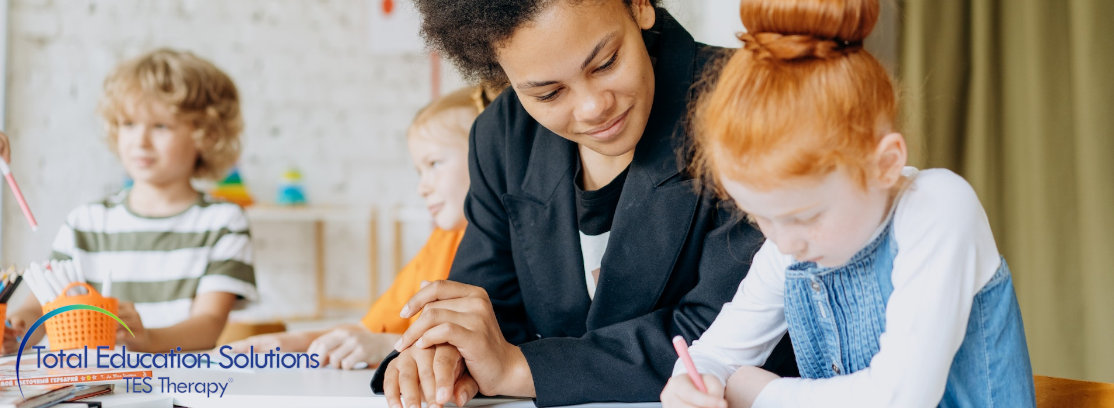
 03 Jan 2023
03 Jan 2023 